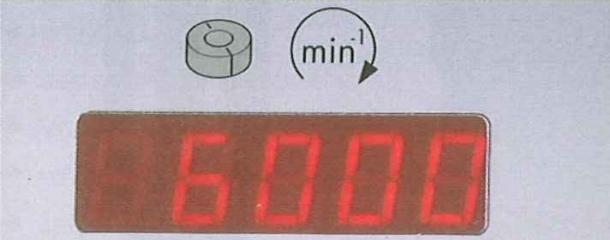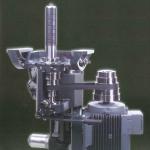Rotation speed adjustable electricallyTwo different forms of rotation speed control are fundamentally used with sliding table saws and spindle moulders. MechanicalThe power is transferred from the motor to the tool shaft by belts. Multiple belt pulleys with a range of different diameters sit on top of each other on the motor and on the tool shaft. A higher or lower speed is attained, depending on the pulley combination over which the belt runs. The belt position is determined by a mechanical or electronic sensor, and displayed on the front of the machine in the form of a mechanical or electronic rotational speed display. ElectronicThe electronic control of the rotational speed of three-phase current motors can take place according to two different technical principles:
Application
The average maximum speed with spindle moulders is 10,000 rpm. |
CNC machining centres, robots895
Edgebanding, edge processing632
Saws, cutting machines437
Planers, 4-sided moulders188
Routers, shapers, tenoners, profilers181
Drilling, mortising machines135
Presses, clamps, joining machines201
Sanding machines323
Mechanisation, storage, packing technology201
Surface coating152
Production lines127
Heating, drying, waste chopping62
Dust extraction, compressed air, vacuum135
Assembly, worktables15
Lathes29
Tools, sharpening technology91
Equipment, Other machines132


